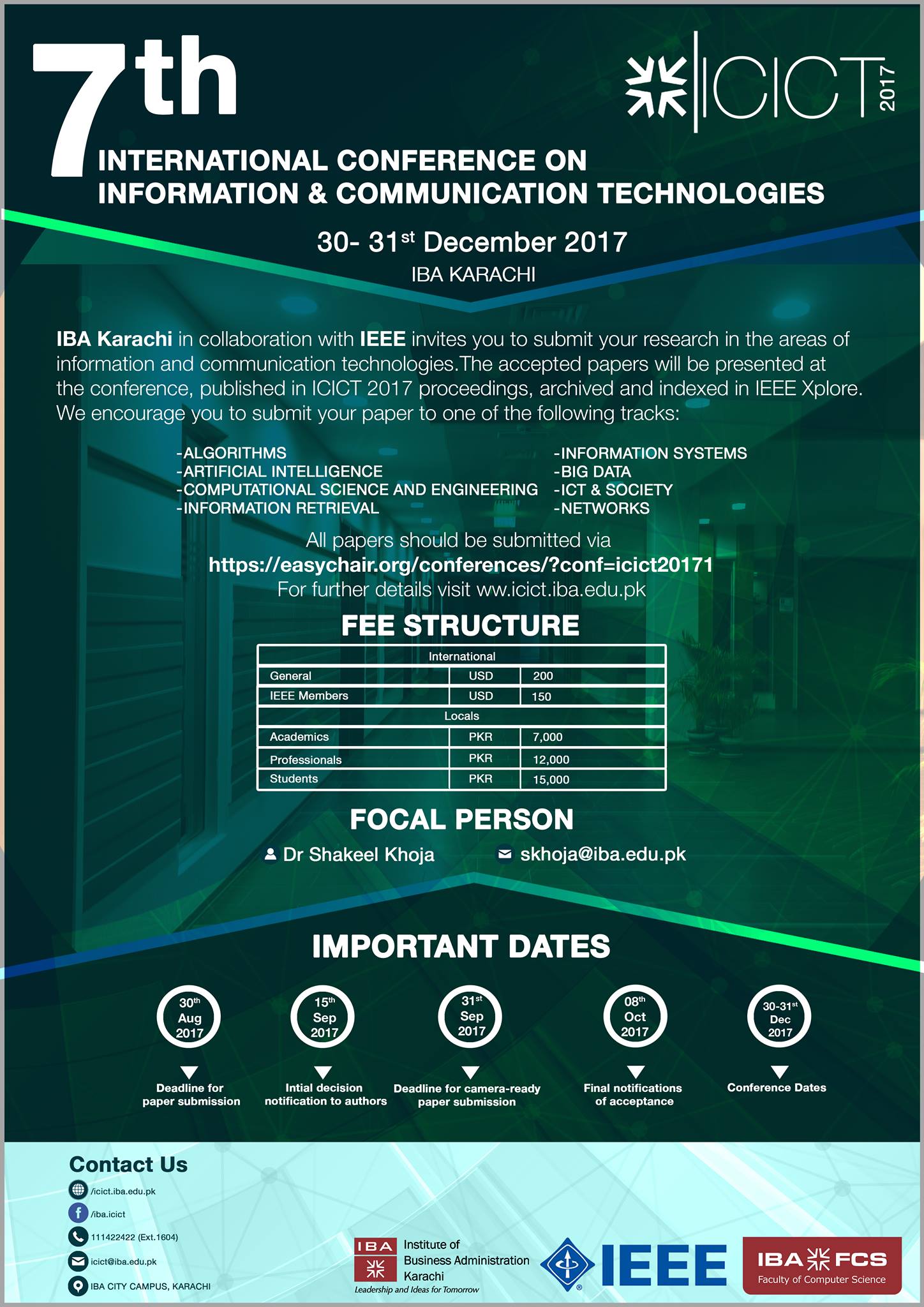Technical Papers Parallel Session-I: Human action recognition using SIFT and HOG method
Abstract/Description
Many techniques have been developed for human action recognition. The ability to detect human action can prevent lots of criminal and suspicious activities. Mostly training dataset consist of large dataset as compared to test samples. Using Scale Invariant Feature Transform (SIFT) and Histogram Of Image Gradient (HOG) for extraction of features in addition to Support Vector Machine (SVM) Classifier we can achieve detection of different dataset of five different actions. Our results are comparable to tests performed with a very large database. The proposed work is simple and unique related to human action recognition. The research stage, utilized for the usage of the proposed work, is MATLAB. At the end, table is formulated for the comparison of results from SIFT and HOG feature extraction methods.
Keywords
Pattern recognition, Human action recognition, Computer vision, SIFT features, Histogram of gradients, Support vector machine classification
Location
Theatre 1, Aman Tower
Session Theme
Technical Papers Parallel Session-I: Speech, Image, and Vision Systems
Session Type
Parallel Technical Session
Session Chair
Dr. Tahir Qasim
Start Date
30-12-2017 2:20 PM
End Date
30-12-2017 2:40 PM
Recommended Citation
Qazi, H. A., Jahangir, U., Yousuf, B. M., & Noor, A. (2017). Technical Papers Parallel Session-I: Human action recognition using SIFT and HOG method. International Conference on Information and Communication Technologies. Retrieved from https://ir.iba.edu.pk/icict/2017/2017/8
COinS
Technical Papers Parallel Session-I: Human action recognition using SIFT and HOG method
Theatre 1, Aman Tower
Many techniques have been developed for human action recognition. The ability to detect human action can prevent lots of criminal and suspicious activities. Mostly training dataset consist of large dataset as compared to test samples. Using Scale Invariant Feature Transform (SIFT) and Histogram Of Image Gradient (HOG) for extraction of features in addition to Support Vector Machine (SVM) Classifier we can achieve detection of different dataset of five different actions. Our results are comparable to tests performed with a very large database. The proposed work is simple and unique related to human action recognition. The research stage, utilized for the usage of the proposed work, is MATLAB. At the end, table is formulated for the comparison of results from SIFT and HOG feature extraction methods.


